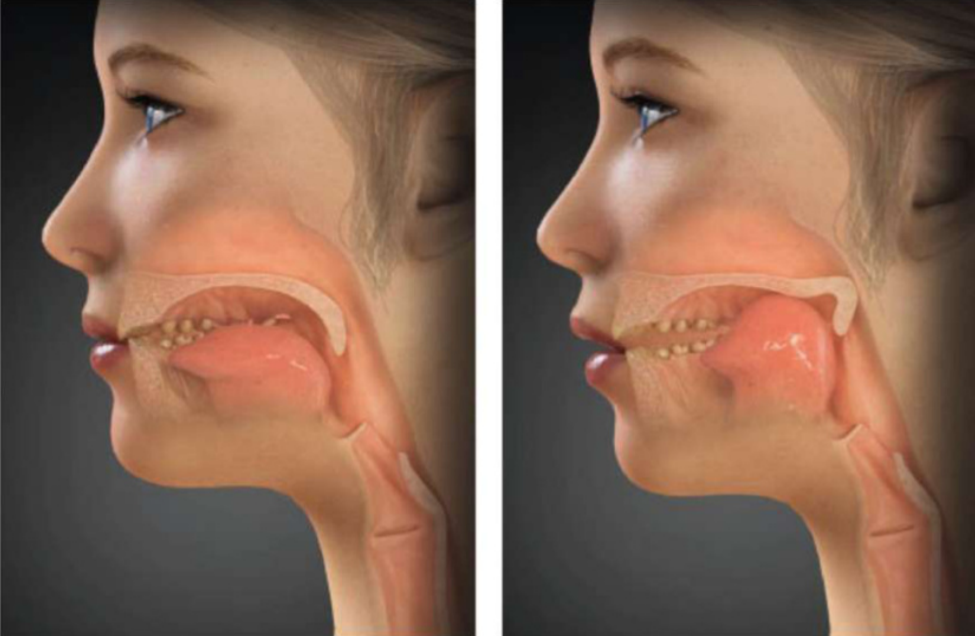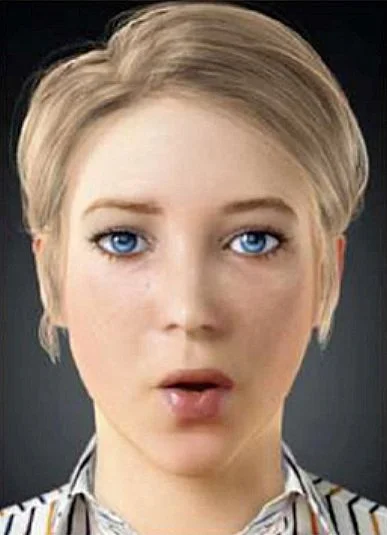World’s first high fidelity 3D animation of human speech organs
Specialist audio animation studio, Speech Graphics, announced today the launch of the world’s first high fidelity animation of the human speech organs. Using technology they originally developed for the video games industry, Speech Graphics has created ‘Simone’, a fully computer animated language teacher, seen for the first time on language learning site, Saundz.com.
Communication in today’s global economy is critical and for the approximately 2 billion people learning English as a second language, accent and pronunciation are two of the most difficult aspects to master. With the Asian market increasingly focused on international trade, the adoption of American English and accent reduction is becoming ever more popular.
Gregor Hofer, CEO of Speech Graphics—
“A strong accent can be a major barrier to effective communication. Hearing a language spoken does not tell you what to do inside your own mouth to mimic the sounds made. But what if you could see what to do and how to move your tongue?”
Revealing a hidden world never seen so clearly before, Simone is a fully functioning cutaway of the inside of the mouth, nose and throat. Movie-quality animation reveals the movement of tongue, palate, teeth, jaw and lips so language students can see the mechanics of pronunciation.
Viewed from the front, Simone’s face moves in perfect synchrony with audio recordings of sounds and words. Users can switch between front and side view or watch in slow motion to see the tongue move through a sound. Smoke effects indicate airflow, visualising the invisible elements of speech such as air turbulence and vibration inside the mouth creating the difference between ‘s’ and ‘z’, or passage of air through the nose distinguishing ‘n’ from ‘d’.
Saundz.com provided a learning curriculum and graphical web interface around the Speech Graphics animation. By allowing non-native speakers to visualise how to make speech, Speech Graphics enables Saundz.com to close the gap between native and non-native language speakers and help students improve pronunciation.
“Learning a language is one thing, but learning pronunciation is another altogether. Someone learning a second language has to acquire patterns of behaviour. This is why we enlisted the skills of the Speech Graphics team to create Simone.”
Michael Berger, CTO of Speech Graphics and director of the project, continues: “Speech is the most sophisticated voluntary motor activity in the body. The motions are lightning fast and totally fluid, yet deadly accurate.
“People watching the animation are fascinated by the ‘acrobatic’ performance of the tongue which has never been seen so clearly before. We believe the concept behind ‘Simone’ can be a huge aid to language instruction.”
Speech Graphics has an international reputation for extraordinary advances in audio-driven animation and motion technology, providing facial animation for the video games industry and working with companies like Warner Brothers and global artists like Kanye West.
Using acoustic analysis and a computational model of speech, Speech Graphics’ algorithms control 3D models like the strings of a puppet, moving the individual muscles of the face, jaw and tongue that are responsible for sound production. A large amount of data was used to develop Simone, including scans of the outside of the face as well as MRI scans of the inside of the vocal tract.
Saundz.com is aimed at more than 2 billion people learning to speak English as a second language worldwide, including in China, Japan, India and Russia.



